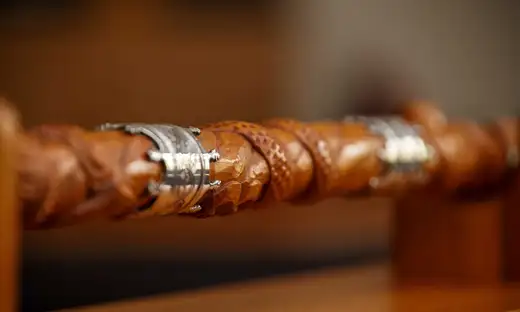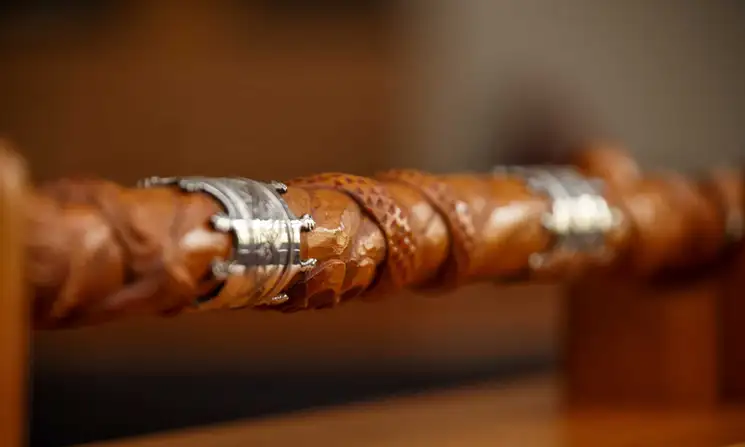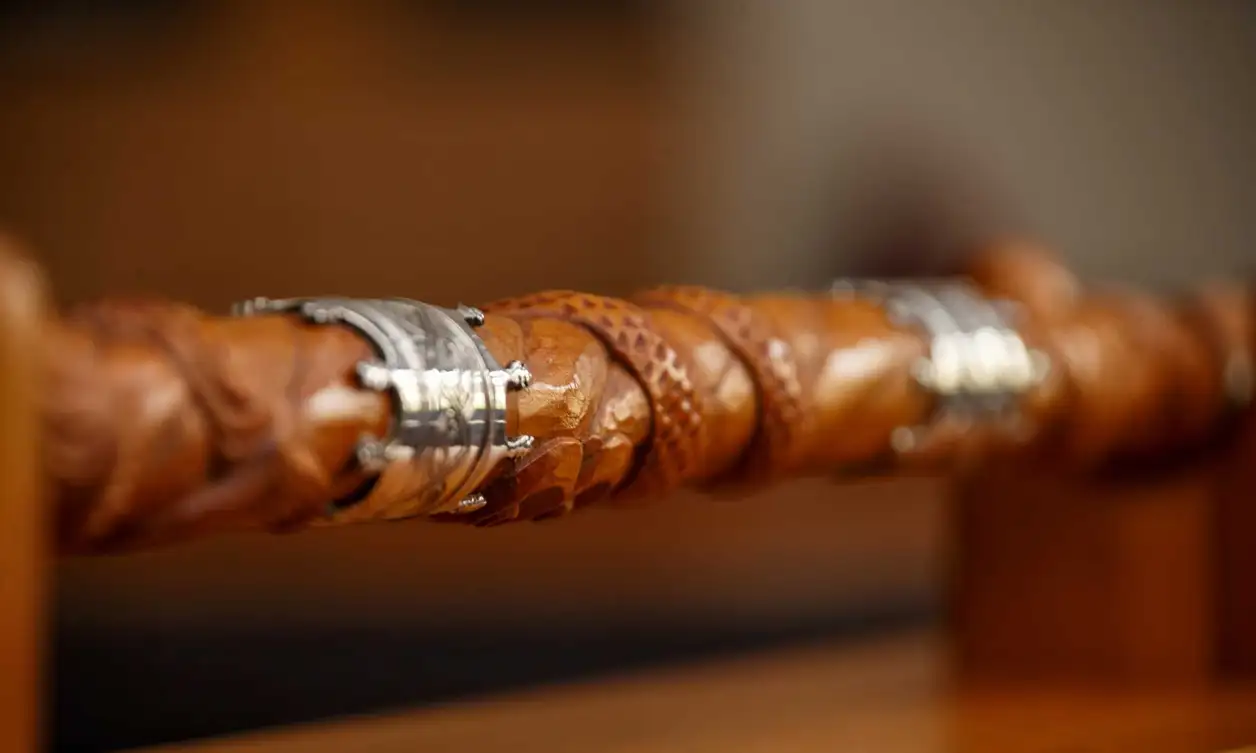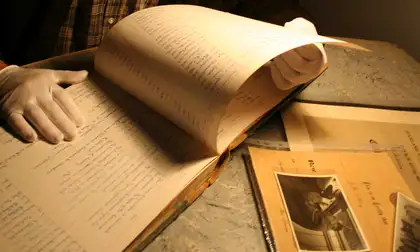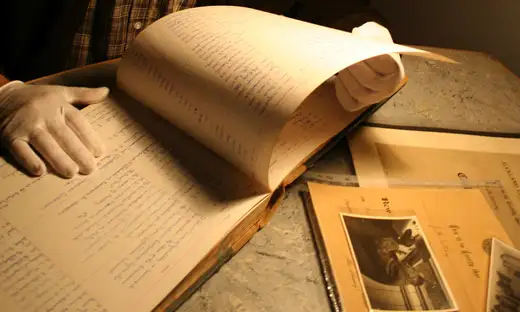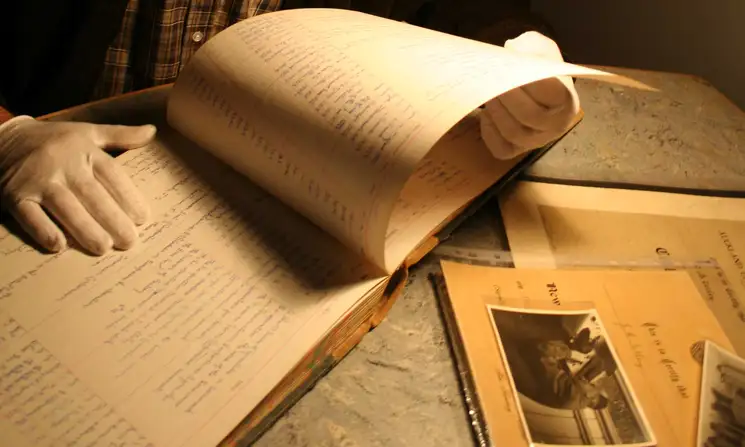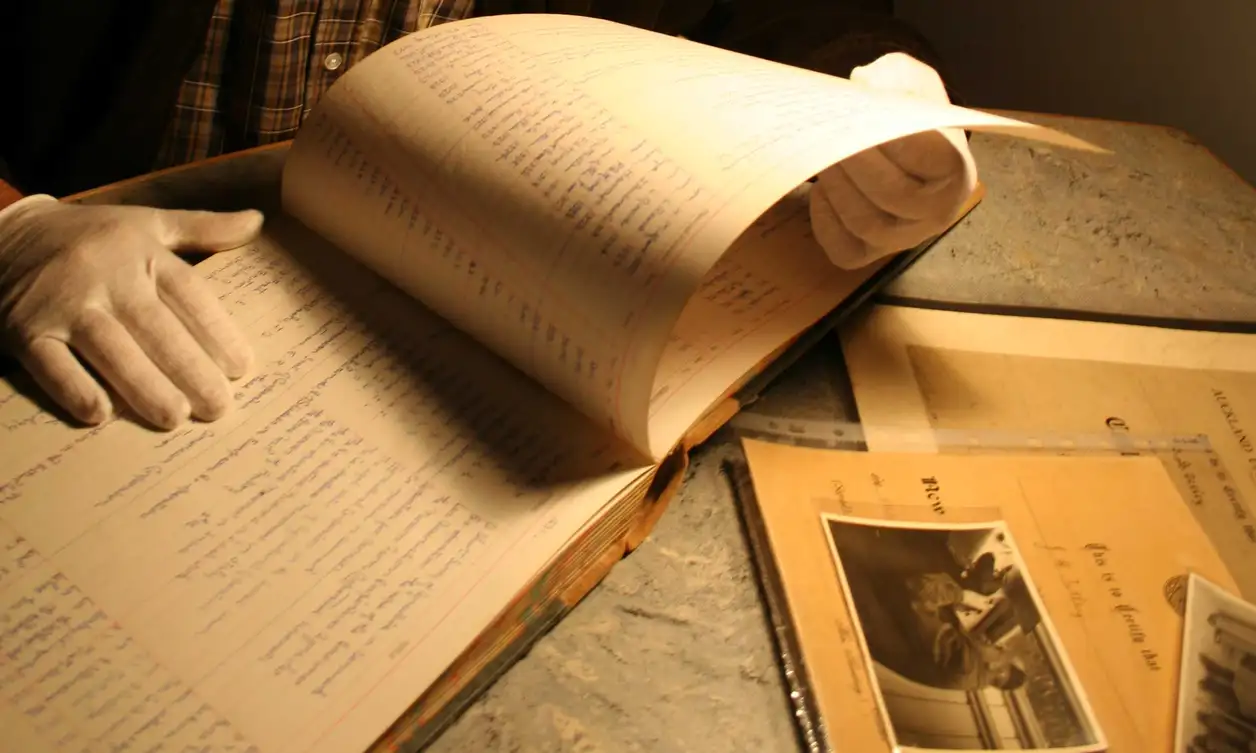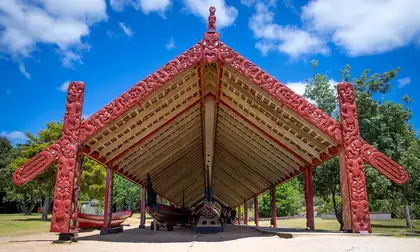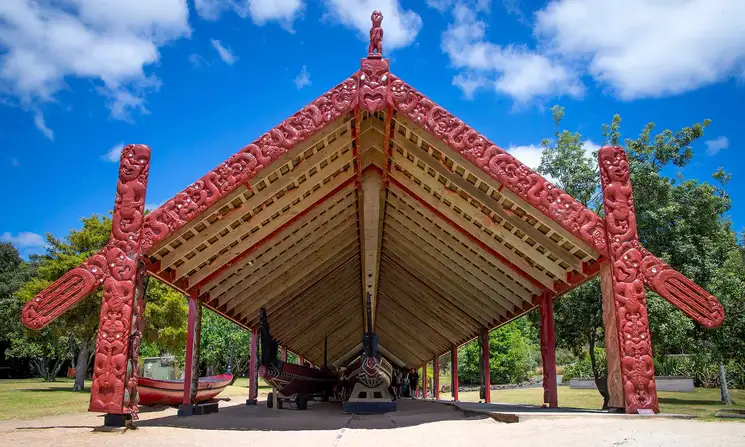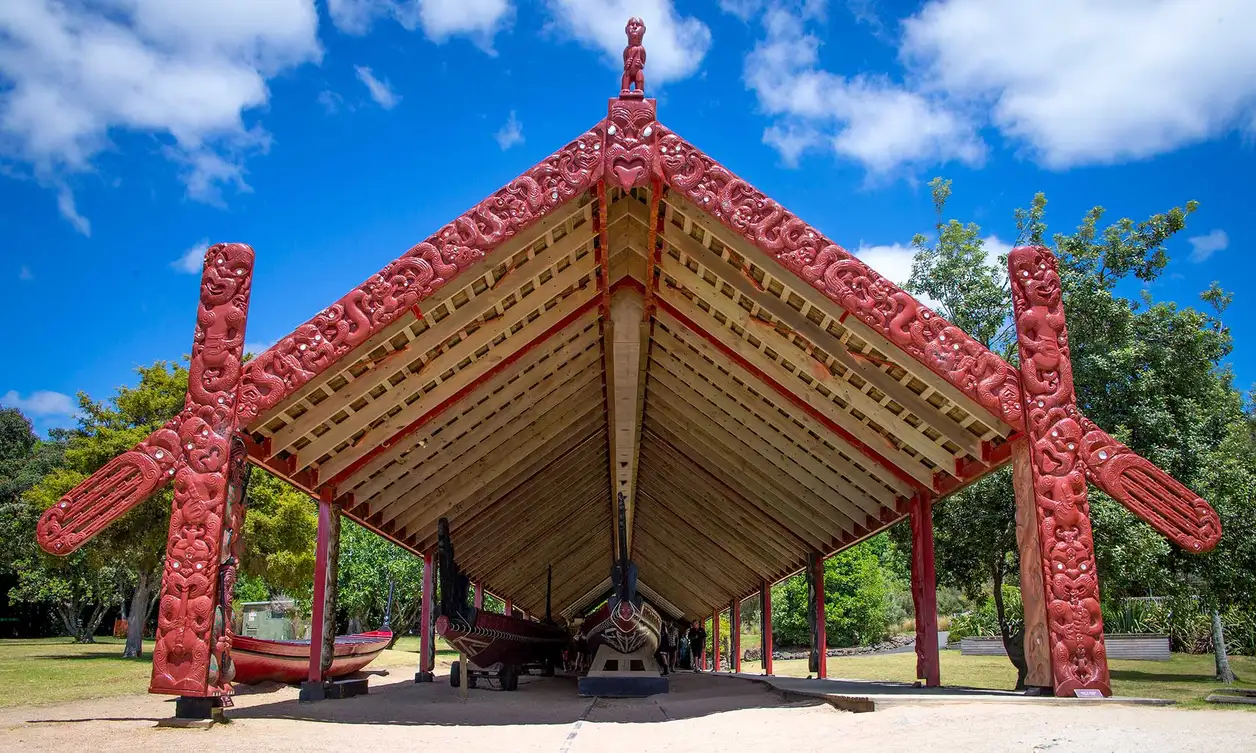Massey University College of Manawatu became Massey University of Manawatu on 1 January 1964 under the Massey University of Manawatu Act 1963. The new university had full autonomy and degree-conferring powers under the Act.
The name was shortened in 1966 to Massey University.

First Vice-Chancellor appointed
Dr Alan Stewart, appointed Principal of the College in 1959, became the first Vice-Chancellor of the university. Dr Stewart had led Massey through the transition from an agricultural college to a full university. He would lead Massey until his retirement in 1983
History of the coat of arms

Shortly after Massey attained university status in 1963, some staff and students of the university felt that new arms should be adopted to represent the wider scope of the new institution.
The Professorial Board (now known as the Academic Board) set the process in motion and invited staff and students to submit designs for a new coat of arms. Several designs were received and evaluated, but because of the difficulty of reaching agreement on the new design, it was decided to follow a more formal approach.
In October 1964 the University Council lodged an application with the College of Arms, reiterating the Professorial Board's brief of 1963. This brief required that the arms should:
"...present a unity of design, that they should predict learning in its broadest concept and that there should be some pictorial indication of association with New Zealand."
The first drafts of the new armorial design were received from the College of Arms in May 1965 and made available for comment by students and staff. Some amendments and a suggestion for a motto for the university was approved by the University Council and submitted to the College of Arms.
After further correspondence, amendments and delays, the arms were eventually authorised and witnessed by the College in May 1967 and is heraldically defined as:
"Gyronny of ten argent and azure a mullet gules ambriated argent and irradiated or and for the crest on a wreath of the colours issuant from flames proper a ram's head argent horned and ensigned by the horns of the African long legged ram."
The new design, in use ever since, was received at Palmerston North shortly before Christmas 1967.
The shield
The coat of arms consists of a shield emblazoned with the arms. The centrepiece of the arms is the five pointed red star of New Zealand which is set in an irradiated silver star. This symbolizes the central theme of the university - knowledge and learning - with its colleges and degrees irradiating from the fingers of the star. The background of the shield is a blue and white gyronny of ten pieces which represent the ten degrees taught by the first seven faculties of the university.
The crest
The crest is a four-horn ram's head which was originally used in the badge of the Students' Association of the university's predecessor, the Massey Agricultural College. The ram's head is symbolic of the link the university has with agriculture, and a reminder of its heritage. To suggest the phoenix-like birth of the new university out of its predecessors, the ram's head proceeds, in a unique design, from flames of learning.
The university motto is:
"Floreat Scientia - Let Knowledge Flourish."
Growing numbers of students and faculties
Massey University of Manawatu enrolled 1,877 students in its first year – 959 internal and 918 extramural students. The university's buildings and facilities increased greatly over the next few decades to cope with growing student numbers. By December 1992, the university's total student roll was 24,675 students. Of these, 9,088 were internal and 15,687 were extramural students.
By the early 1990s, the university had nine faculties:

- Agricultural and Horticultural Sciences
- Technology
- Science
- Veterinary Science
- Humanities
- Social Sciences
- Business Studies
- Education
- Information and Mathematical Sciences.
Timeline of becoming a university and expanding
1964
University status granted
By virtue of the Massey University of Manawatu Act 1963,Massey was granted university status on 1 January with full autonomy and degree-conferring powers. The title of Vice-Chancellor replaced that of Principal and Dr Alan Stewart became the first Vice-Chancellor of the new university.
Student numbers
The first year of the new Massey University of Manawatu saw a total of 1877 enrolled students. This consisted of 959 internal and 918 external students.
Halls of residence opened

Fergusson Hall
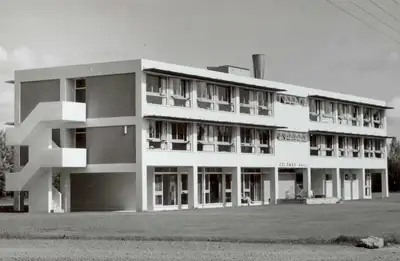
Colombo Hall
In February, the Presbyterian Church opened Fergusson Hall as a hostel for Massey students, and Colombo Hall was opened in March.
1965, Faculty reorganisation
The Faculty of General Studies was reorganised into the Faculty of Humanities and Faculty of Social Sciences.
Riddet Building

The Riddet Building, all but complete, was occupied by the Department of Food Technology.
Elliot House
Elliot House was purchased for student accommodation.
1966
Fitzherbert House
Fitzherbert House (Bindaloe),which served as the Sheep Farm Supervisor's house up to then, was vacated and equipped to serve as student accommodation.
University renamed
Massey University of Manawatu was renamed Massey University by an amendment of the Massey University of Manawatu Act of 1963.
1968
Walter Dyer Hall
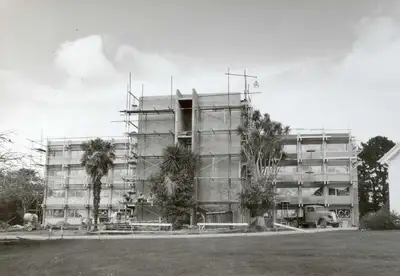
Walter Dyer Hall was opened in March.
Veterinary Science
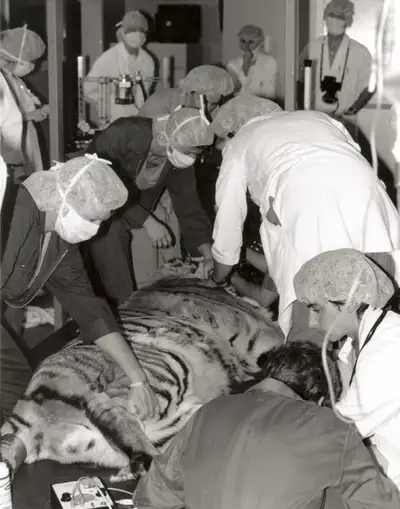
The Veterinary Science Building was opened.
Library and Arts
The Library/Arts building was opened in June.
Student Centre
The Student Centre was opened in November.
Humanities and Social Sciences Consolidation
The Humanities and Social Sciences Faculties were consolidated on the Turitea site and the Hokowhitu campus and Caccia Birch was made available for the development of the Palmerston North Teachers' College.
1969
School of Graduate Studies
A School of Graduate Studies was established to oversee the graduate and research activities of the university.
Sport Centre
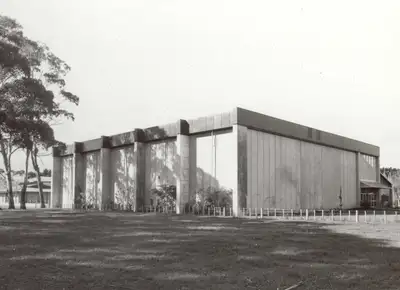
The Sport Centre was completed in March.
Science Towers
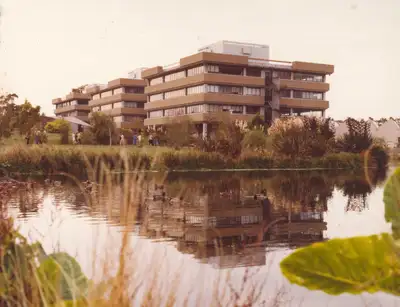
The first of the three Science Towers were completed. Construction of the fourth tower lasted from May 1981 to June 1983.
1970
Court hostels

City Court, the first of the Court hostels was completed. Egmont Court followed in February 1971 and Rotary Court in August 1971. The fourth Court hostel, Kairanga Court, was completed in February 1977.
1971
Business Studies

The first Business Studies courses were offered from the beginning of the year.
1972
Brogden Farm
Brogden Farm was purchased by the university.
Wool Building

The Wool Building was completed in September.
School of Education
The School of Education was established to formalise joint teacher training and cooperation between the university and the Palmerston North Teachers' College (the latter later became the Palmerston North College of Education).
1973
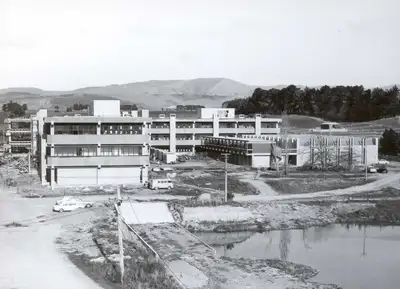
Agricultural Engineering Building
The Agricultural Engineering Building was completed. Building work on the Agricultural and Horticultural Sciences Buildings A and B continued with interruptions until the completion of Block B in February 1977.
Social Sciences Complex
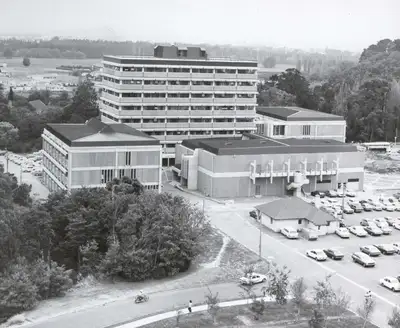
The first building of the Social Sciences Complex, the Geography Building, was completed in March 1973. This was followed by the Tower Block and Lecture Block in August and the Psychology Building in November 1973.
1974
Department of Social Anthropology and Māori Studies
A Department of Social Anthropology and Māori Studies was established and headed by Professor Hugh Kawharu.
1977
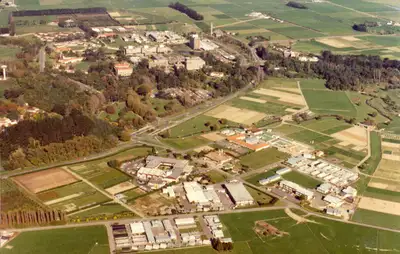
Faculties of Business Studies and Education
The Faculties of Business Studies and Education came into being. At the time, the Faculty of Education was the only one of its kind in New Zealand.
Māori Studies Department
A Māori Studies Department was established at Palmerston North Teachers' College.
Seed Technology Centre
The Seed Technology Centre was opened.
1980
Masskeradio
Masskeradio, later to be known as Radio Massey, 2XM and Radio Control, was issued with a commercial radio licence. The radio station was the first commercial student radio station in New Zealand.
Te Kupenga O Te Matauranga Meeting House

Te Kupenga O Te Matauranga Meeting House was opened on the campus of the Palmerston North Teachers' College. It was the first such meeting house at a tertiary campus in New Zealand. The complete Te Haonui Marae Complex was opened in June 1990. The complex is no longer part of Massey University.
1983
New Vice-Chancellor

Dr Neil Waters

Sir Alan Stewart
1984
Moginie Hall
Construction work on Moginie Hall started. The first accommodation wing and the core block were completed by July 1985. The two remaining wings were completed in subsequent years.
1985
Massey wins games
Massey won the shield at the New Zealand University Games for the first, but not last, time.
1987
Practical Teaching Complex
The Practical Teaching Complex was completed in January.
School of Māori Studies
A School of Māori Studies was established at the Wellington Polytechnic.
1988
Department of Māori Studies
A stand-alone Department of Māori Studies at Massey University was established during this year. The new department was headed by the newly appointed Professor Mason Durie.
Business Studies Buildings
The Business Studies West Building was occupied while building work was completed during the second half of the year.
The Business Studies Central Building was all but completed when staff occupied the building in December 1989.
1990
Te Kuratini Marae
Te Kuratini Marae was established on the campus of the Wellington Polytechnic.
Palmerston North Teachers' College renamed
The Palmerston North Teachers' College was renamed the Palmerston North College of Education in January. The College merged with Massey University in 1996.
School of Aviation
The School of Aviation first opened its doors to students.
1992
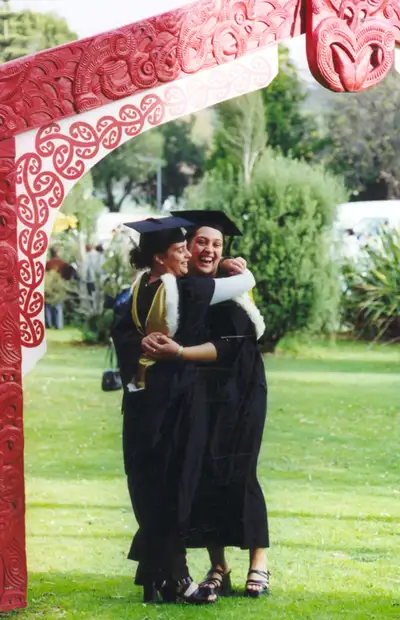
University student roll
The university's total student roll consisted of 24,675 students. Of these, 9,088 were internal and 15,687 external students.

